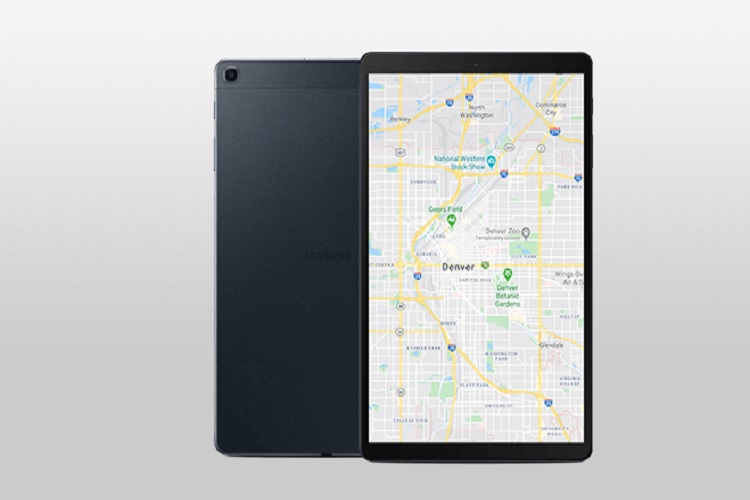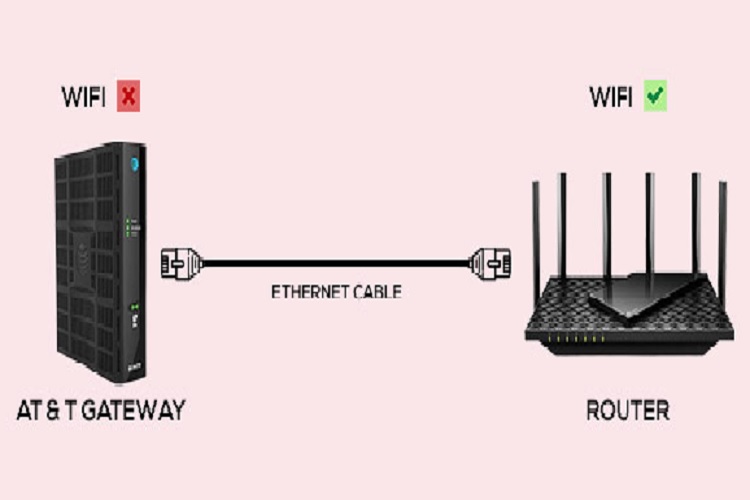Best Response Time for a Monitor
When you’re shopping for a new monitor, you’ll be inundated with a lot of technical specs. And while things like the screen size and resolution are fairly obvious, there’s another important factor that isn’t: response time. Here’s how it works.
Response time is the time it takes your monitor to shift from one color to another. Usually, this is measured in terms of going from black to white to black again, in terms of milliseconds. A typical LCD response time is under ten milliseconds (10 ms), with some being as fast as one millisecond.
When looking for a new monitor, you’ll be bombarded with technological specifications. Although screen size and resolution are pretty self-evident, there is one significant aspect that isn’t: response time. This is how it goes:
What Is The Best Response Time For A Monitor?
The time it takes for your computer to change colours is known as response time. This is usually measured in milliseconds as the time it takes to go from black to white to black again. The average LCD reaction time is less than ten milliseconds (10 ms), with some models reaching one millisecond.Some manufacturers communicate this statistic in terms of an LCD panel moving from black to white, black to white to black, or more generally “silver to grey.” This entails running around the entire continuum but beginning and finishing with finer, more complicated grey values. Lower reaction times are still preferable because they reduce image problems such as blurring and “ghosting.”
The refresh rate of a display should not be confused with response time. The refresh rate, which is measured in Hertz, is the amount of times a computer shows a new image per second. The majority of displays have a refresh rate of 60 Hertz, but some go higher—and higher is better. In comparison, when it comes to reaction time, the shorter the faster.
What Is Monitor Response Time?
The time it takes for a display to switch from one colour to another is known as response time. This is commonly reflected in milliseconds and is the time it takes to go from black to white and back to black (ms). Gray-to-gray (GtG) and, on rare occasions, black-to-white are also options.The average time from black to white to black is 10 milliseconds. LCD displays, on the other hand, have reaction times of less than 10 milliseconds. However, the faster the reaction time, the better the picture and motion production. Certain panel forms, though, are more resilient than others, with TN panels being much more responsive than IPS panels in the past. However, this is all evolving, especially with nano IPS.
What Is The Concept Of Latency?
When studying reaction time, you can come across the word latency. While the two words are similar in that they both entail timing and use milliseconds, there is a distinction. The term “latency” refers to data that is pending a response, not the time it takes for a colour change to occur. Answer time is sometimes confusing with words like input lag, which is a mistake caused by the monitor’s lack of reaction.Latency simply refers to the time it takes for a request to be received and the time it takes for an answer to arrive. You’ll get a rundown of round-trip latency and service time until it’s been processed and sent. Better latency, on the other hand, will increase the reaction time by a millisecond!
Why Do Customers Look For A Low Response Time?
Many device users aren’t even aware of their monitor’s or screen’s reaction time so it hardly affects them. When you’re browsing the internet, writing an email or Word paper, or editing images, the time it takes for your computer to change colours is so short that you won’t notice. Also video on digital computer displays and televisions normally has a pause that isn’t noticeable to the audience.Gaming is an exception. For players, every millisecond counts—a single millisecond can be the difference between winning and losing a battle, hitting a long-range sniper shot, or even having the perfect line in a racing game. A low refresh rate of 1 to 5 milliseconds is also worth the cost of a more expensive, gaming-focused display for gamers looking for any possible competitive advantage.
What Kind Of Monitors Have the Best Response Time?
You usually don’t have an option for a quick answer time on your laptop or phone, but there are exceptions. If you’re buying a new display for your gaming laptop, though, you’ll want to get the fastest screen you can.There are three types of LCD panels that comprise 99 percent of all displays sold today at the time of publishing.
TN (Twisted Nematic) screen panels: They are low-cost but have a limited colour spectrum. In terms of reaction time, these are among the best on the market, and gaming displays often prefer less vibrant TN panels to be quicker.
Screen panels with IPS (In-Plane Switching) technology: Graphic artists, photographers, video editors, and everyone else who cares about colour accuracy respect IPS displays, which are more costly and have more accurate colours. Since they have faster response times than TN screens, they are rarely referred to as “gaming” boards.
VA (Vertical Alignment) screen panels: They are a newer style that tries to combine TN’s quick response time with IPS’s more precise, vibrant colour. Many game monitors now use VA panels with refresh rates as low as one millisecond, which is a kind of middle ground.Get a display with a TN or VA screen panel if you want to keep up with even the most demanding sports. IPS game monitors do exist, but they’re scarce and costly, and they’re also slower than the competition. The panel model is normally listed in the monitor’s specs on the online listing or on the box in a shop.
Test of Response Time
Where it comes to response time, the science and interpretation of the term is admittedly complex. Even some developers find it difficult. However, there are some excellent options available to assist you in further understanding response time.Response time checks are effective but difficult instruments for testing the response time of your display. These are especially useful for monitors with gray-to-gray response times, which are more suitable for video and motion. These experiments would demonstrate what is referred to as “moving image reaction time” (MPRT). The length of time that a pixel (that has already changed colours) is visible is different in a moving image response time.
The Importance of Response Time
If you’re a casual internet user who only wants to browse, buy, or read, response time isn’t so critical. In reality, even though you often use your computer to watch films or videos, response time might not be a significant factor for you.Answer time is critical if you’re a videographer, and even more so if you’re a gamer. A faster reaction time, such as one to five milliseconds, will make a huge difference. It also makes for more distinct motion and less of the phenomenon known as “ghosting.”
However, if you suffer from eye pressure or headaches, bear in mind that faster response times can indicate that the display lacks complicated image processing, such as boosted brightness or blue light filters, which protect your eyes. It’s possible that an extremely sensitive display isn’t right for you.
80% Response Time
This test measures the average time in milliseconds it takes for the monitor’s pixels to complete 80% of a change. One of the most critical features of motion blur is the time it takes for the rest of the image to surface, which has a significant impact on the sharpness of moving images.
100% Response Time
Our 100 percent response time test represents the average time it takes for a pixel to complete the transition from one frame to the next. This aids in determining the extent of the trace left in the wake of moving objects.
What Impact Does Response Time Have On Monitor?
Response time influences the visibility and precision of which a moving object is displayed because it determines how quickly a pixel can change colour.The bottom line is that the faster a monitor’s response time is, the more difficult it would be to view fast-moving objects correctly.
And, in such a case, what happens? The following:
Motion Blur
Motion blur during camera movements, particularly rapid ones, is the most common and visible effect of a long response time. Pixels can not have enough time to change colour as a result, resulting in a blurred picture. For those who are vulnerable to motion sickness, this may be particularly troublesome.
Ghosting
Ghosting will also occur as the camera moves quickly and for the same purpose. Since pixels don’t have enough time to accurately shift colour, as an entity shifts on the screen, a flickering silhouette of it follows.
What Are the Drawbacks of a Quick Response Time?
Gaming displays frequently skip more complicated image processing that gets in the way of the device signal in order to reduce response time. This involves colour-correcting sections of the display, increased contrast, blue light filters that reduce eyestrain, and other related features. If you select a gaming display and set the response time to the fastest possible, you’ll likely see decreased brightness and duller colours.
Conclusion
While buying a monitor, you must inspect its key features, including refresh rate, resolution, pixel density, response time etc., because these are the features that can make your experience good or bad. If your monitor has a good refresh rate, better resolution, and a sharper pixel density, but if you don’t have a good response time, you could have to hassle while using the monitor. 5ms-1ms response time is the best, depending on your need.
Furthermore, please don’t forget to share the article with others if. So it might help them find a good response time monitor for themselves. Or, if you have any comments, don’t be shy to express them below.



![How To Use Your Laptop As A Monitor [Ultmiate Solution for Beginners]](https://www.bestproducthunt.com/wp-content/uploads/2022/07/How-To-Use-Your-Laptop-As-A-Monitor-Ultmiate-Solution-for-Beginners-1.jpg)

